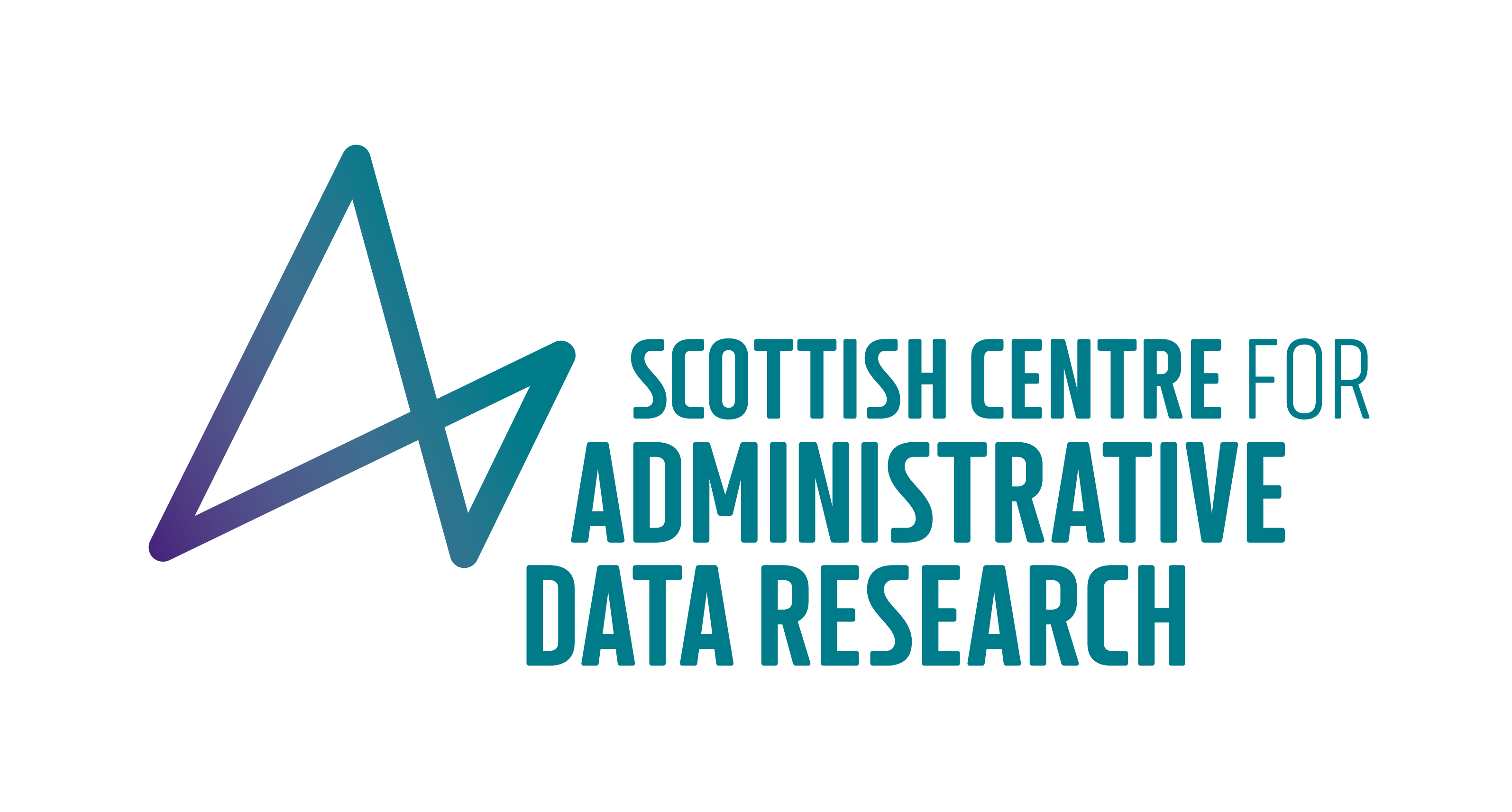BLOG - The Dynamics of the Nursing Workforce in the UK: Using data to support our nurses
This week our health and social care research lead, Iain Atherton, talks about the research we are developing using nursing data and, importantly, what this can enable.
The nursing workforce is key to much of health and social care across the UK. The Covid-19 pandemic has only emphasized their importance. The diversity of roles within the profession include day-to-day care that ensures those unable to do so for themselves have their daily activities and needs met. They monitor people’s conditions so that action can be taken when and where needed, and take forward resulting interventions or co-ordinate actions that follow. They are knowledgeable and compassionate, able to answer questions and address fears, and form a vital backbone of the NHS and social care services.
It is not even just the key roles they undertake, it is the sheer number of professionals. The Nursing and Midwifery Council (NMC), the organization responsible for registering nurses, currently has some 700 thousand registrants. That’s more people than the population of the City of Edinburgh by quite some margin!
Our Dynamics of the Nursing Workforce project is using data to take forward research and analysis to facilitate and support policy relating to the profession. Working closely with the NMC and the Office for National Statistics (ONS), as well as liaising with the Chief Nursing Offices across the UK, we are developing a pilot study to better understand the potential of using anonymised registrant data to inform decision-making.
Our intention is to enable a better understanding of the profession. That new knowledge can support planning and policy development. It will use anonymized data from the NMC on their register. Since 2016 nurses have also had to revalidate every three years to remain registered and able to practice. That process provides information that can give up-to-date insights into the profession’s demographic composition and to answer key questions on important issues such as retention. It is those issues that our pilot work will focus on. In the process we will also help to develop understanding as to the ways in which this data can be used to the benefit of nurses and the wider public into the future.
We are now working closely with the NMC and ONS to enable data analysis. Once that happens, we will be creating tables and visualisations to share with our policy colleagues and the wider nursing profession and public. We envisage that this information will help to enable informed discussions as to how best to support this most crucial of professions to meet the challenges ahead.
This article was published on 15 Dec 2021





